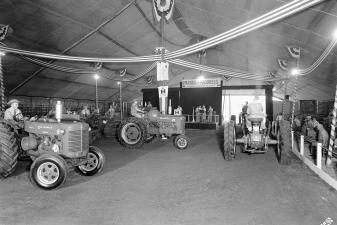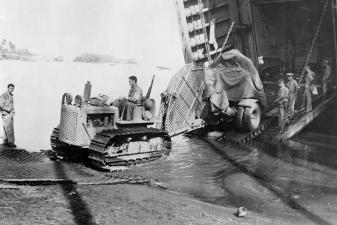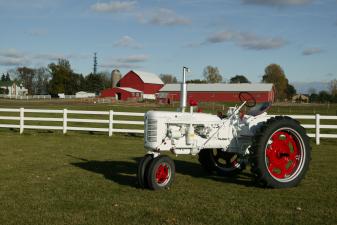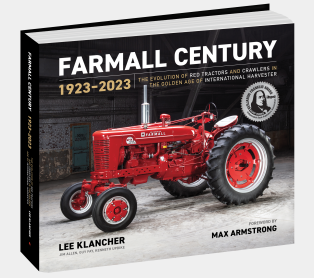The Brief Life of The "Electrall"

The 100th Anniversary of the revolutionary Farmall tractor is celebrated in Farmall Century: 1923–2023, the authoritative model-by-model history that traces the evolution and design of the most significant farm tractors of the 20th century. Award-winning author Lee Klancher chronicles how and why the Farmall tractor came to exist and how it evolved with his signature blend of compelling stories, engaging text, and spectacular images. In this excerpt by Jim Allen, read about the debut of the experimental "Electrall."
In the early 1950s, International Harvester was innovative and unafraid to market new things. One of those things was the “Electrall,” which debuted on June 22, 1954, when IH and GE engineers showed off an experimental version to press and other guests at the Hinsdale Farm. IH President John McCaffrey spoke at the event, lauding the new innovation as a “the sort of forward-looking engineering which we like to emphasize.” Electrall was put into production in early 1955 in the form of a tractor-mounted generator kit that cranked out 10 kilowatt three-phase 120/208 volts.
IH developed the technology in conjunction with engineers from General Electric to give the farmer a more versatile power source in the field. “The possibilities of this are far-reaching,” McCaffrey said. “It may make possible very desirable changes in the fundamental design of important farm machines.” IH stated that the technology could power combines and balers, power portable farm tools, provide portable lighting, and power the farm during outages.
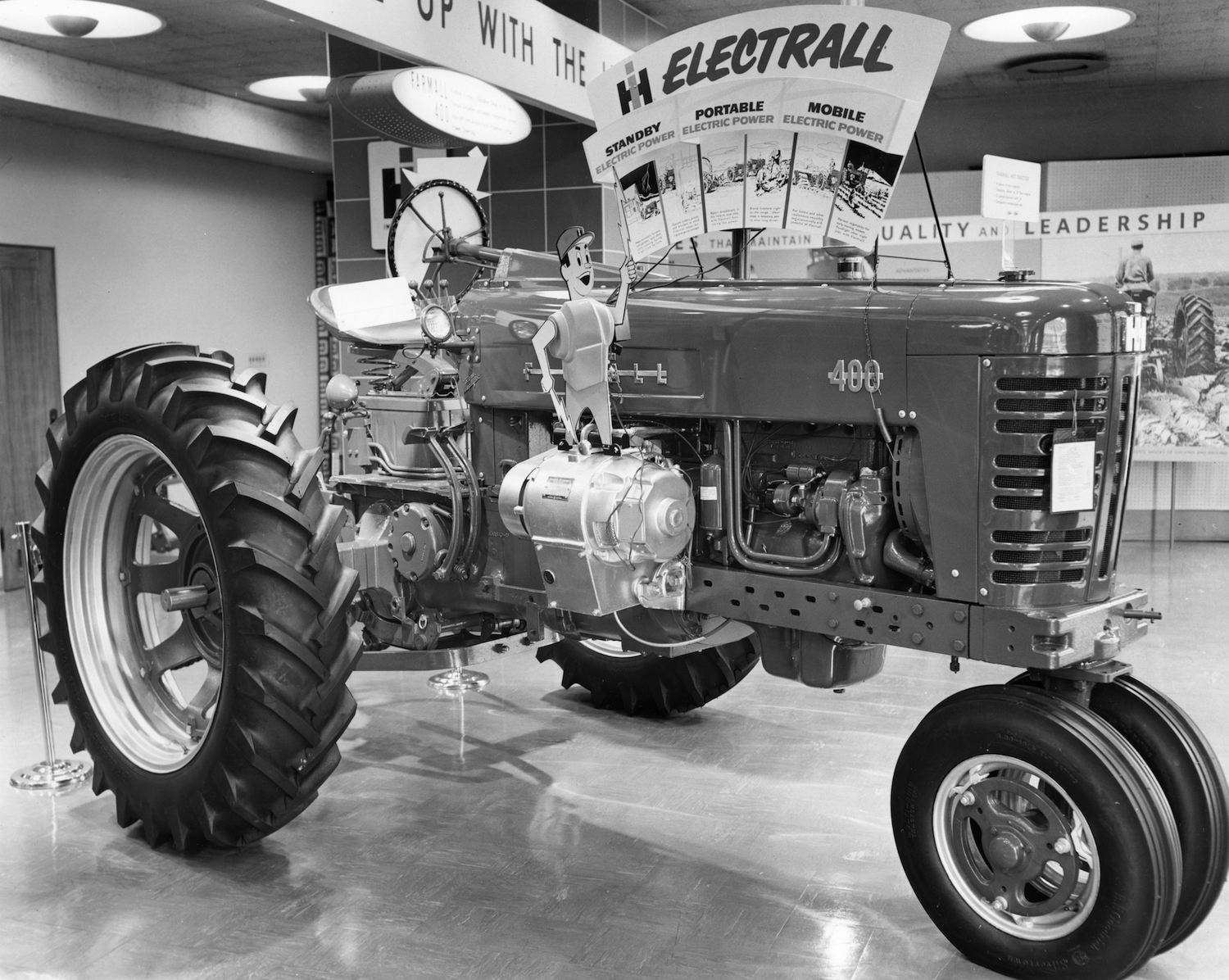
Even in the early 1950s, the electrification of rural farms was not complete, nor was it particularly reliable in many places. As a result, many farmers had standby generators. They weren’t there just to keep the house lights on and the fridge going, either. This was back in the days when many farmers did it all. A few dairy cows, steers, hogs, sheep, chickens, plus crops. Farmers with a small dairy had electric milking machines and refrigerated milk tanks, and anyone who knows the dairy business knows a power outage can ruin the farmer’s day . . . and old Bessie’s.
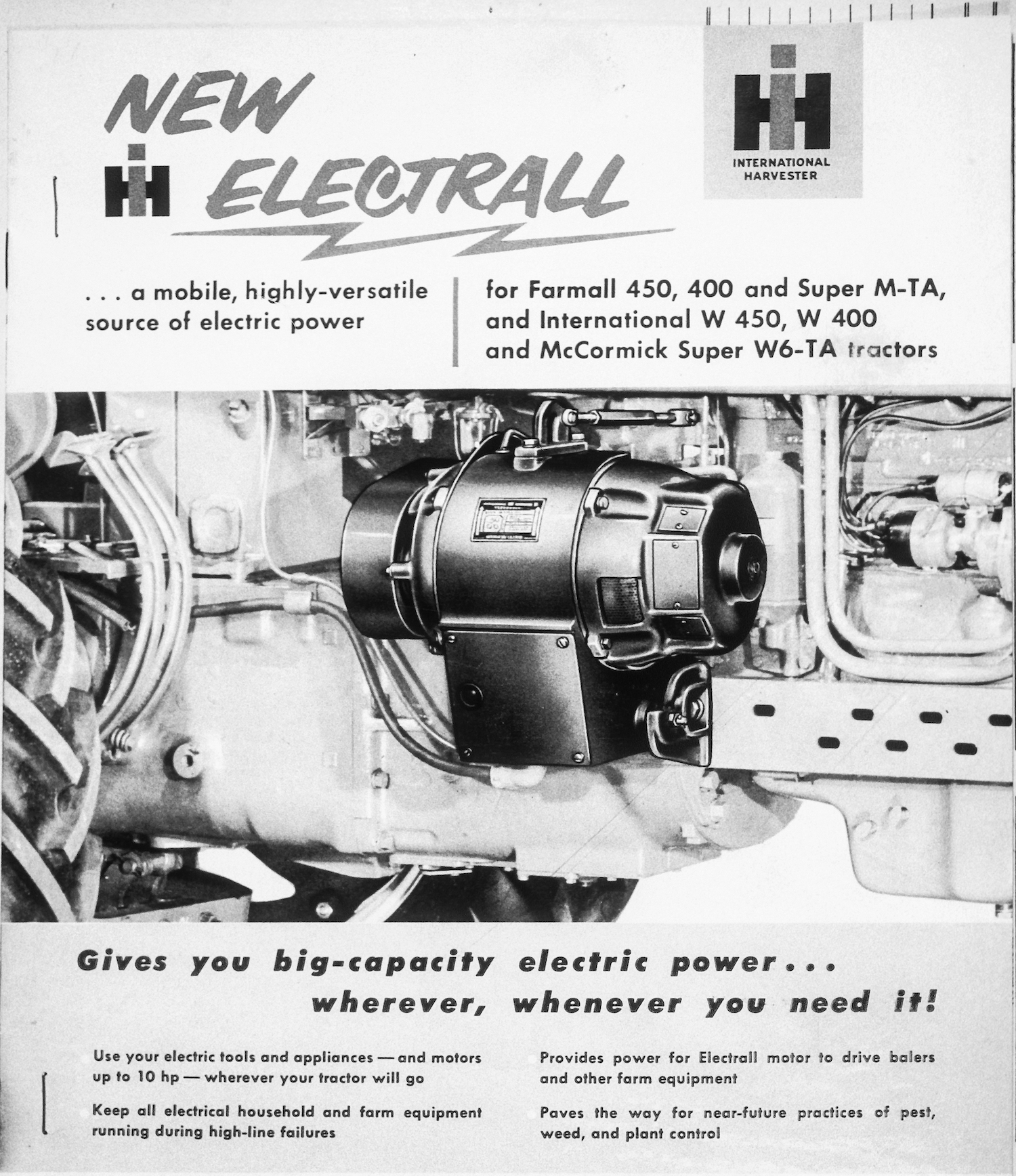
On top of that, International Harvester had some ideas about the way implements should run. Shaft-driven PTO implements were just getting a foothold in the tractor market and only the newer tractors had them. At that time, most implements like hay balers and pull-behind combines were self-powered using small gasoline engines. In the case of the baler, the engine ran the baling machinery, and the tractor towed the baler and hay wagon. IH contended self-powered implements (including the McCormick 55 Baler) were more efficiently powered by an electric motor fed juice by a tractor-mounted generator. It could probably have also been argued that an electrically driven implement offered a more precise and constant speed, less mechanical complexity, better efficiency, and more safety over a PTO-powered unit. IH offered kits that could attach Electrall directly to the Super M-TA, Super W-6-TA,18 400, and 450 model tractors that were equipped with independent PTOs or IPTO Torque Amplifiers.
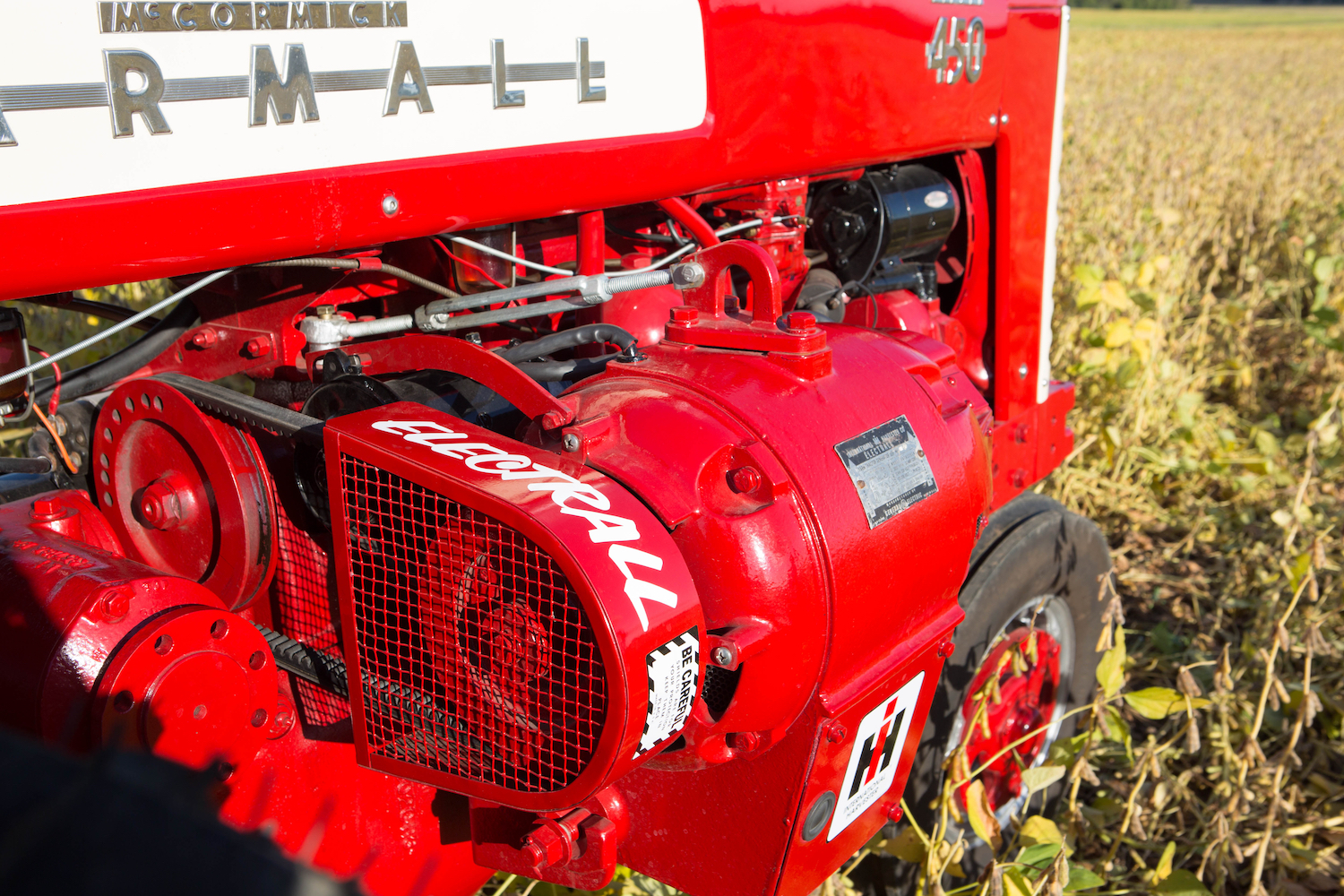
Unfortunately, the idea failed miserably. In typically quirky fashion, IH had shot holes in its own idea by introducing the Electrall just as it was introducing live PTO in its tractors, and live PTO was to become the farmer’s best friend. So, IH adapted and began to offer PTO-driven generators mounted on a trailer or on a Fast-Hitch-mounted skid. By then, the electric implement idea had gone completely by the wayside, but IH still had a lot of generators left to sell. This idea brought more acceptance and IH soon upped the PTO generator rating to 12.5 KW.
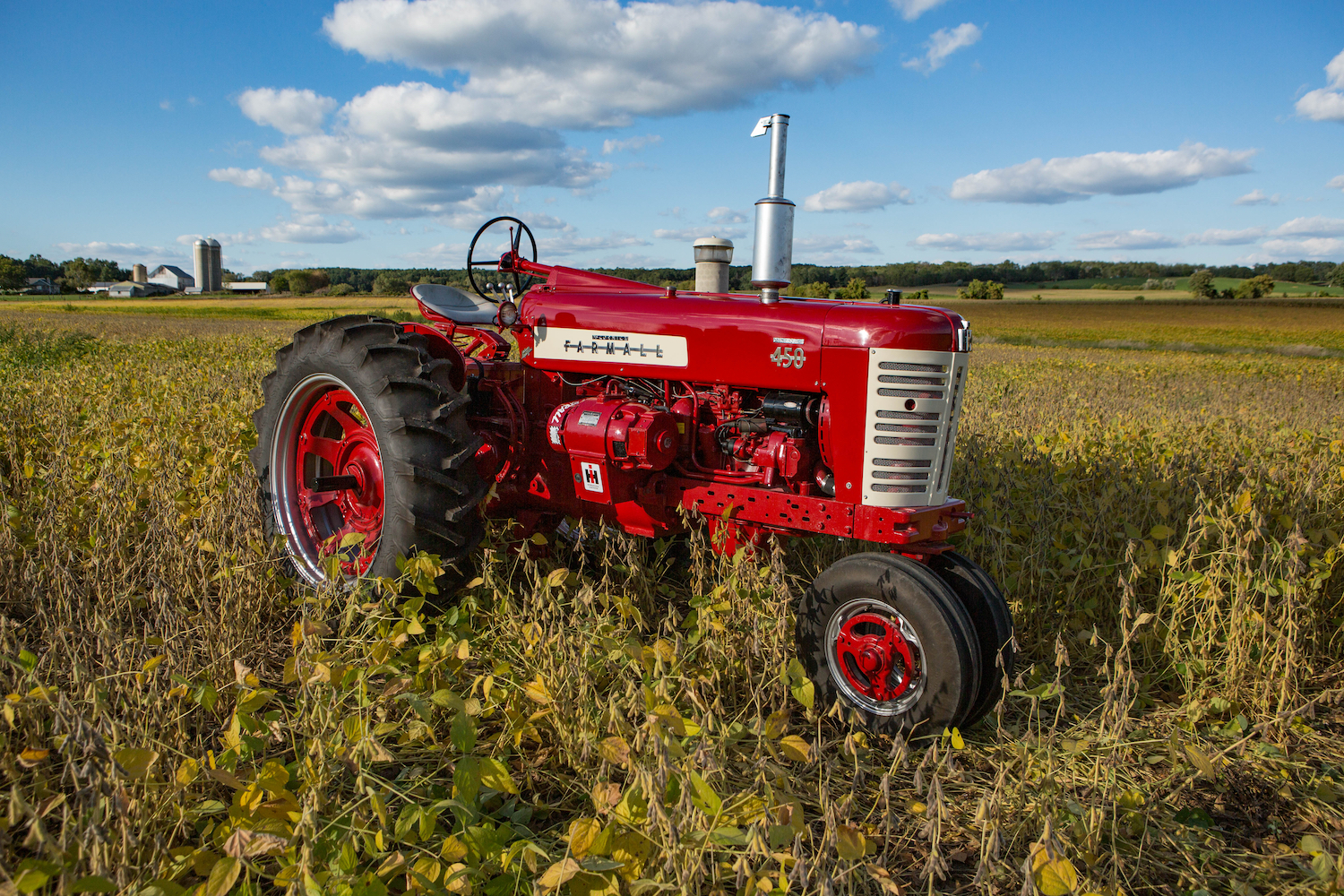
The final variant of the Electrall debuted in 1956 for the S-Line light trucks. It was the same 12.5 KW unit then offered for the tractors, but it was mounted in the bed of a truck and driven by a transmission PTO. It could be installed on a new truck or retrofitted to an older one. The truck units were potentially useful in a commercial or agricultural environment, but they didn’t generate any hoopla and were quietly discontinued early in 1957. The various tractor units were discontinued not long after and today they are very rare and seldom seen, even by IH enthusiasts.
For more stories like this one, check out the Related Books linked below!


